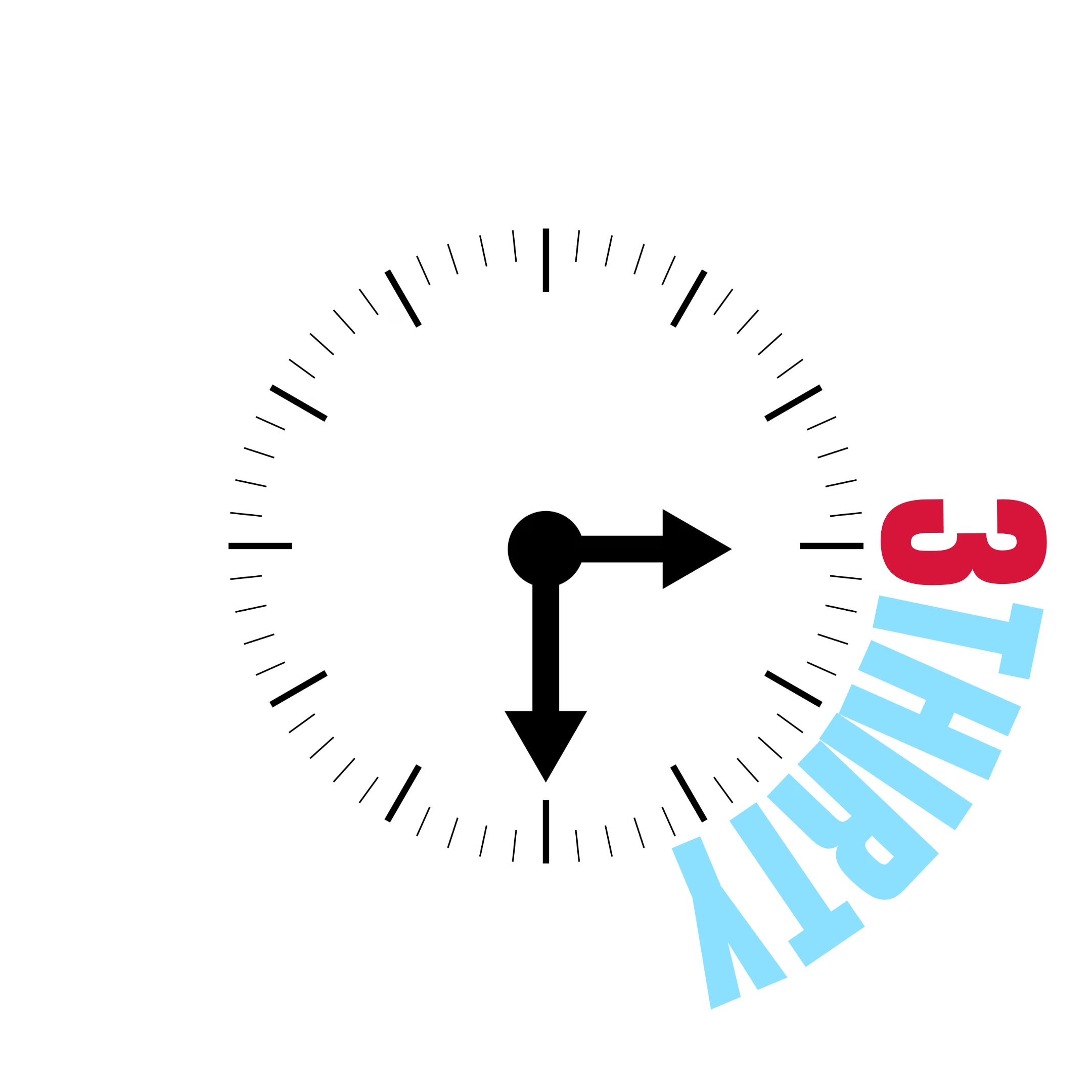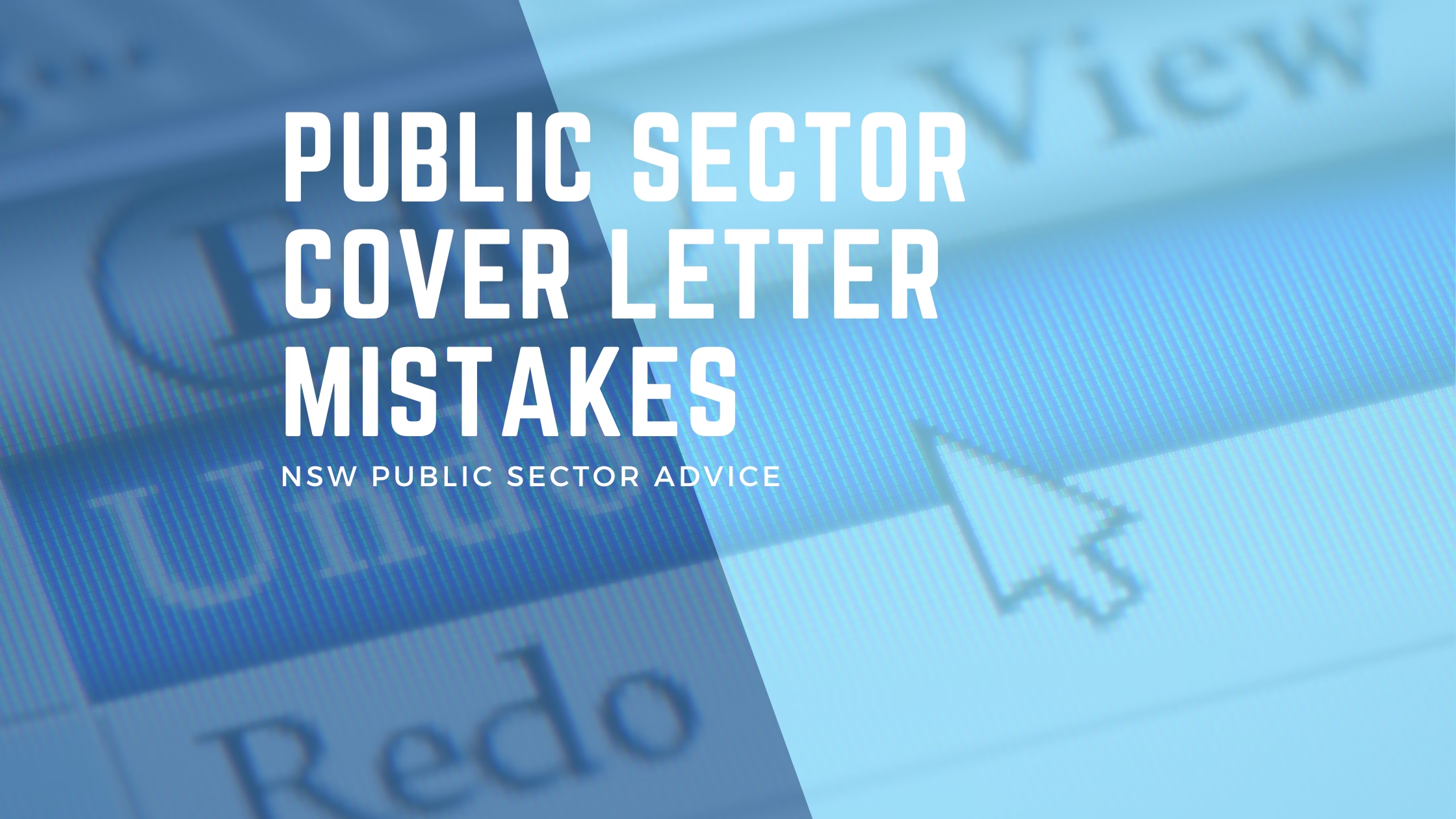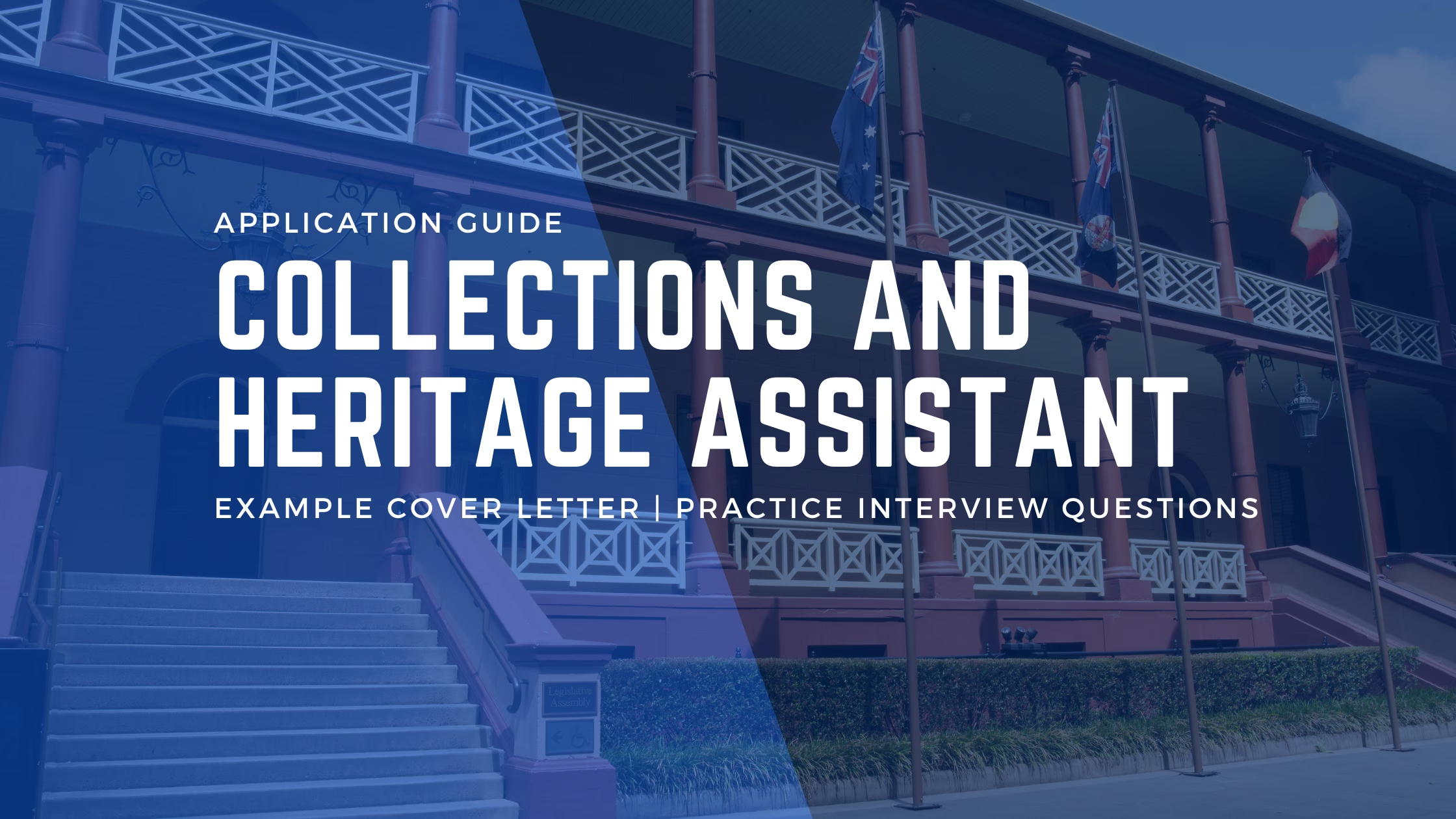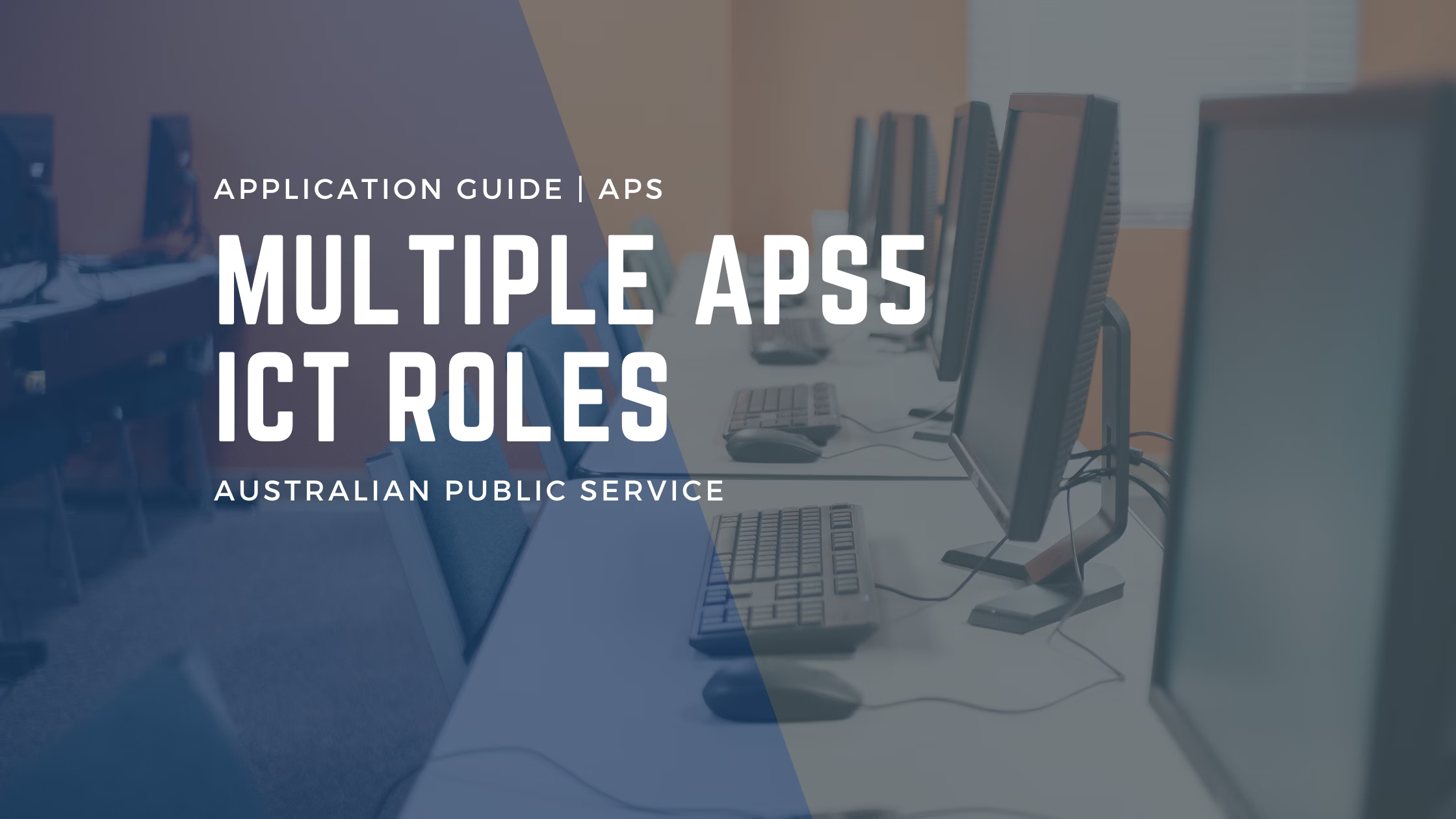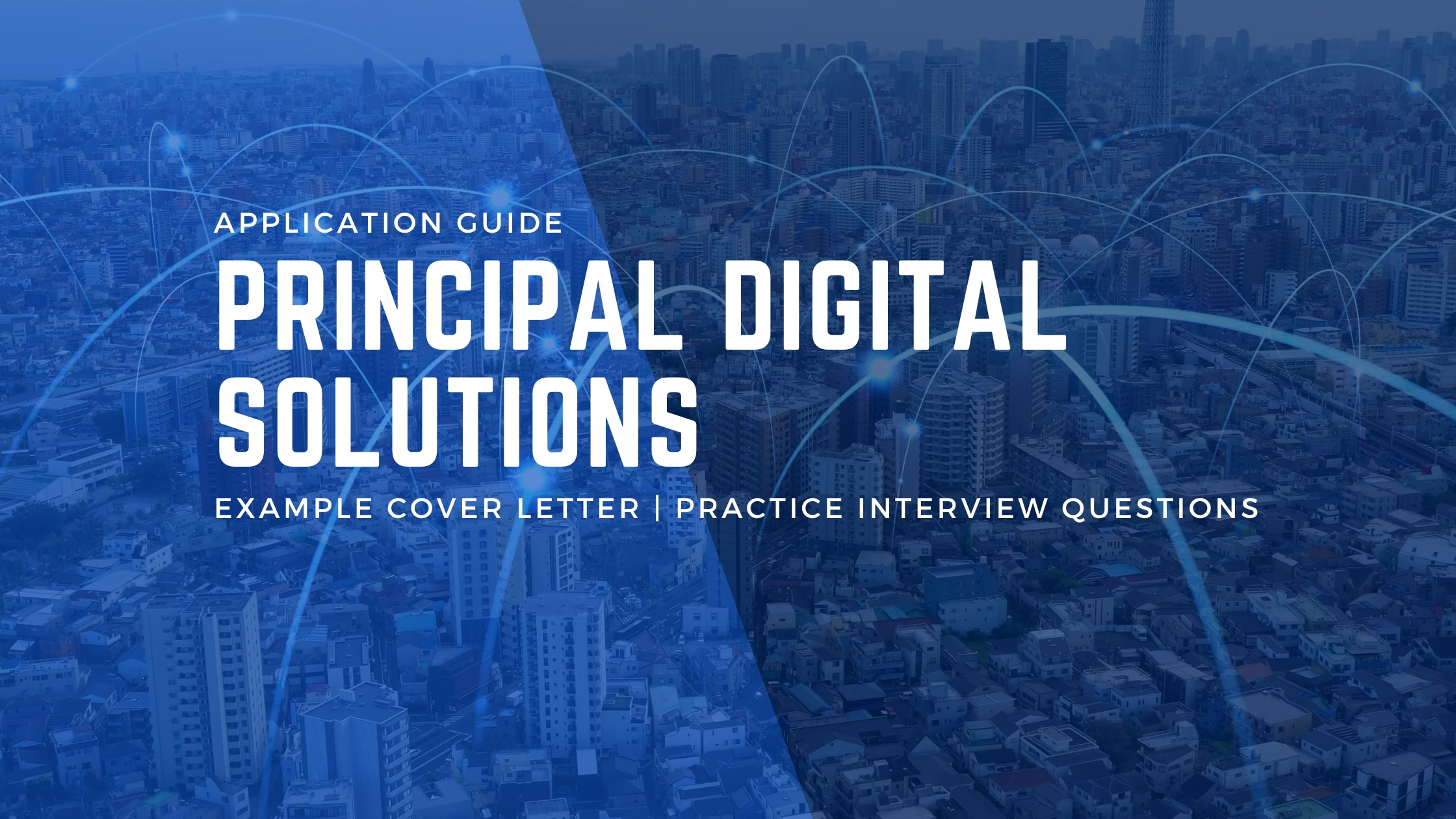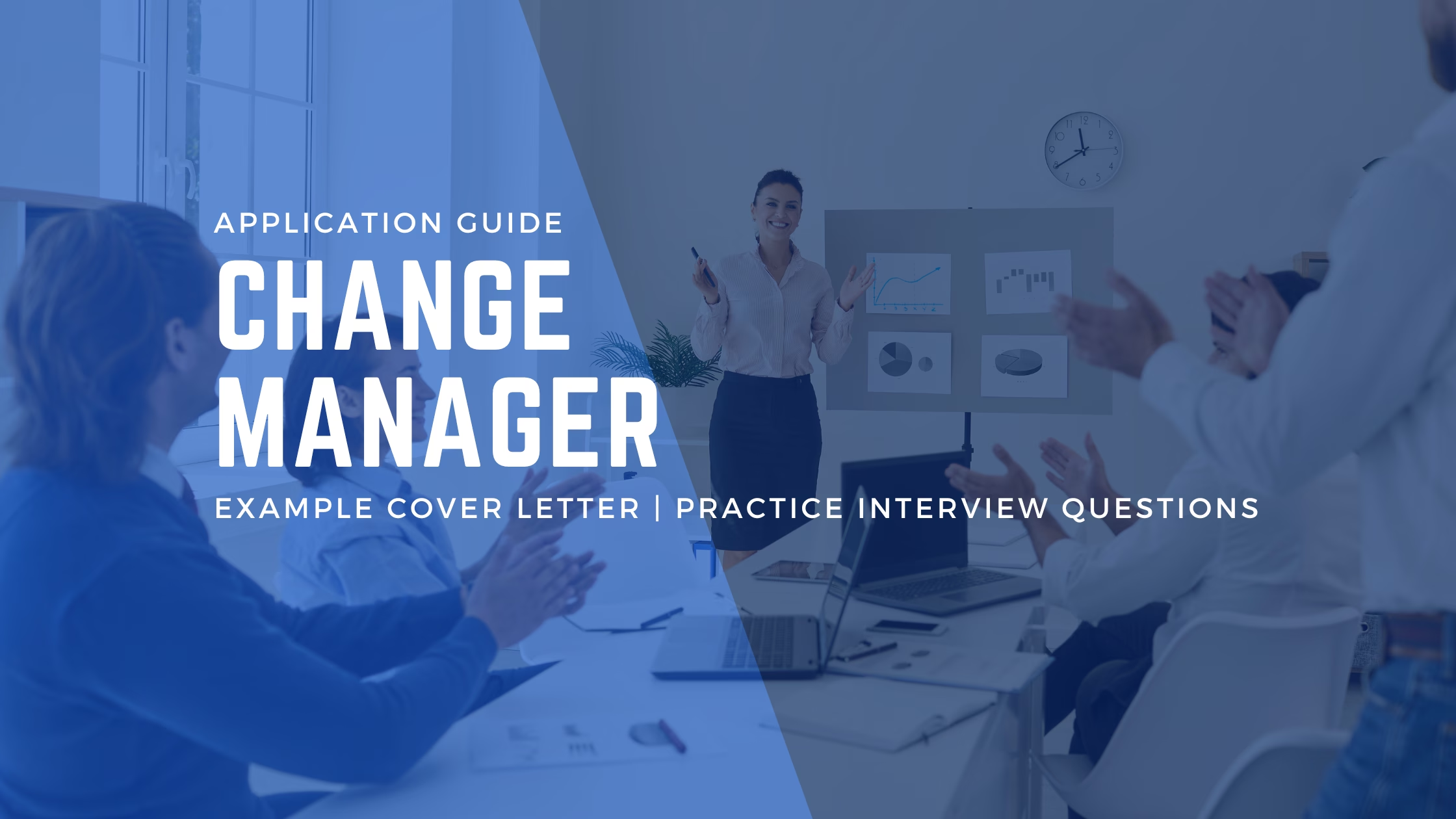When applying for a public sector role, your cover letter can make or break your chances of landing an interview.
While most candidates understand its importance, many fall into common traps that undermine their applications. If you’ve ever felt unsure about whether your cover letter hits the mark, you’re not alone.
As a government hiring manager, I have literally seen thousands of cover letters. Let me share with you the three most common errors that I see in government cover letters, and show you how not to make these costly mistakes.
Table of Contents
Why Public Sector Cover Letters Matter
You’ve found the perfect role on IworkforNSW—how exciting! You’re ready to dive into the application process.
Or maybe you’ve just spotted your dream job, but the deadline is tomorrow. The clock is ticking, and you’re rushing to get everything done.
Or perhaps writing cover letters—especially about yourself—is something you dread entirely.
Whatever the case, don’t let it stop you from crafting a public sector cover letter that works. Taking the time to do it right is crucial.
Applying for a government role already takes time. Just navigating the IworkforNSW system can be a process. But here’s the truth: your public sector cover letter is your ticket to an interview. If you don’t get it right, all the effort you put into submitting the application could go to waste.
In this guide, I show you exactly how to write a public sector cover letter—easily and effectively. Once you’ve done it a couple of times, it will become quicker and far less stressful every time you apply.
Use the examples below to see what the final outcome should look like!

Looking for public sector interview questions?
Download comprehensive NSW government job interview questions and answer workbooks.
Public Sector Cover Letter Error One: Not Enough Detail
One of the most common mistakes in public sector cover letters is providing insufficient information. A public sector cover letter that simply restates your intention to apply and briefly mentions your past roles won’t cut it. It’s important to grab the reader’s attention by connecting your experience directly to the job description.
Throughout this post, I’ll demonstrate examples of cover letters for Bob. Bob is an applicant for an entry level role with Revenue NSW in their customer service team. He would be a great fit for the role, as he has working in a similar role at the Australian Tax Office and also has retail customer experience when working at MacDonalds.
Example of Insufficient Detail
Here’s an example of a weak public sector cover letter for Bob:
Dear Hiring Manager,
I am excited to apply for the Customer Service Officer role at Revenue NSW.
I have attached my detailed CV which includes all of my qualifications and my work history.
I have previously worked at a call center for the Australian Tax Office and also gained customer service experience at McDonald’s.
I am a hard worker and have a lot of experience dealing with customers. I am very timely and pay attention to detail.
I know for sure that I will be a great Customer Service Officer and can excel in this role.
Thank you for considering my application.
Kind regards,
Bob
This cover letter fails to demonstrate why Bob is a strong candidate. It lacks specifics about his skills and accomplishments and doesn’t link his experience to the requirements of the role.
Hiring managers need more than a summary of your job history. They want to see tangible examples of how you’ve successfully applied your skills in similar contexts.
A generic public sector cover letter like this doesn’t make an impact. This would be culled from consideration very quickly.
Public Sector Cover Letter Error Two: Generic Discussion Without Examples
Another frequent issue is vague, unsupported statements about your abilities. Claiming you possess skills without providing examples makes it difficult for hiring managers to gauge your suitability for the role.
Example of Generic Statements
Here’s an example of another weak public sector cover letter for Bob for the Revenue NSW position:
Dear Hiring Manager,
I believe I am an excellent fit for the Customer Service Officer role at Revenue NSW.
I am confident in my ability to meet the role’s requirements.
I have developed a strong commitment to customer service during my five years of experience in customer-facing roles. I also have the capability to plan and prioritise my work effectively.
I have very strong skills in using technology and I am sure that I will be able to use all of the internal systems required in this role.
I also note that a Certificate III is required. I have this qualification.
Thank you for considering my application.
Kind regards,
Bob
This public sector cover letter includes government buzzwords like “commitment to customer service” but doesn’t back them up with examples. While it’s better than the first example, it still falls short of showing concrete achievements.
Public sector recruiters often evaluate applications based on specific criteria or capabilities, such as “Commit to Customer Service” or “Work Collaboratively.” Without examples, a recruiter cannot see how your experience meets these benchmarks.
Again, this letter can be quickly culled from shortlisting when compared to other candidates.
Public Sector Cover Letter Error Three: Too Much Detail
On the flip side, providing excessive and irrelevant detail can also weaken your cover letter. While it’s important to share examples, these examples need to be concise, focused, and tied directly to the job’s requirements.
Example of Too Much Detail
Here’s an example of an average public sector cover letter with too much irrelevant detail:
Dear Hiring Manager,
I am excited to apply for the Customer Service Officer role at Revenue NSW. With a strong foundation in customer service and a passion for building meaningful connections, I believe I can make a valuable contribution to your team.
In my previous role at the Australian Tax Office (ATO), I always enjoyed my role in customer service. I worked for Jim Matthews, the Call Centre Manager and on any given day I could take enquiries about a range of topics to do with the ATO. I became extremely interested in both individual tax queries and business tax queries.
I was proficient in answering any questions about the following topics:
Personal Income Tax: Levied on individual earnings, including wages, salaries, and investments. Australia employs a progressive tax system, where tax rates increase with higher income levels.
Company Income Tax: Applied to corporate profits, with rates varying based on annual turnover. As of recent years, the standard company tax rate is 30%, with a lower rate of 25% for base rate entities—companies with an aggregated turnover below a certain threshold.
Goods and Services Tax (GST): A 10% tax on most goods and services consumed in Australia. Businesses with a GST turnover of $75,000 or more must register for GST.
Capital Gains Tax (CGT): Tax on profits from the sale of assets, such as property or shares. While CGT is part of income tax, specific rules and concessions apply, including discounts for assets held longer than 12 months.
Fringe Benefits Tax (FBT): Paid by employers on non-cash benefits provided to employees, such as company cars or entertainment expenses.
Superannuation Taxes: Taxes related to retirement funds, including contributions and earnings within superannuation accounts. Employers are required to make superannuation contributions on behalf of their employees, and these contributions are generally taxed at a concessional rate.
Excise and Customs Duties: Taxes on specific goods, such as alcohol, tobacco, and fuel, including duties on imported items.
Prior to my tenure at the ATO, I honed my customer service skills while working at McDonald’s during peak operational hours. I worked a range of shifts, from 5 hours up to 9 hours. I started on the cooking station preparing fries, burgers and breakfast following the clear and tight processes that were prescribed by MacDonalds.
Thank you for considering my application. I would welcome the opportunity to discuss how my background and skills can contribute to the success of Revenue NSW.
Kind regards,
Bob
This letter gives a lot of information for the hiring panel to consider, but it is at risk of overwhelming them and making it difficult to see clearly why Bob would be a good fit. In a competitive recruitment round, this application is likely going to get overlooked.
Recruiters often skim cover letters, looking for direct alignment with the role’s focus capabilities. Irrelevant or excessive information buries the key points, making it harder for your application to stand out.
But it is better than the other two letters, and we easily improve on it to ensure Bob gets an interview. #TeamBob
What to Focus On in Your Public Sector Cover Letter
The best public service cover letters are concise, focused, and structured. They use the STAR method (Situation, Task, Action, Result) to present compelling examples of how your experience aligns with the role’s requirements.
The STAR (Situation, Task, Action, Result) technique is a proven method to showcase your real-world capabilities in a structured, easy-to-follow format. By explaining the context (Situation), your responsibility or goal (Task), the steps you took (Action), and the final outcome (Result), you demonstrate your competence more effectively. This is particularly essential in public sector recruitment, where hiring managers often look for tangible examples
Example of a Standout Cover Letter
Here’s an example of how using the STAR method will help make Bob’s cover letter so much better!
Dear Hiring Manager,
I am excited to apply for the Customer Service Officer role at Revenue NSW. With a strong background in customer service, a commitment to continuous improvement, and a keen understanding of the public sector’s values, I believe I can contribute effectively to your team.
In my previous role at the Australian Tax Office (ATO), I developed a strong capability in Communicating Effectively, tailoring my communication style to diverse audiences.
One example involved assisting a taxpayer, Mr. James Anderson, who was facing significant confusion about his tax obligations. (Situation) I actively listened to his concerns, clarifying his queries with inclusive, jargon-free language and using visual aids to explain his payment options. (Task)
By carefully guiding him through the necessary steps and ensuring all communication was concise and easy to follow, Mr. Anderson was able to resolve his tax issues within two business days. (Action)
This not only increased his satisfaction but also contributed to the ATO’s 95% customer resolution rate that quarter. (Result)
At McDonald’s, I honed my ability to Think and Solve Problems, particularly during peak operational hours. (Situation)
On one occasion, I noticed that the kitchen was frequently overwhelmed during lunch hours, causing delays in service. I initiated a conversation with my supervisor and team members to understand the root cause of the bottlenecks. (Task) Using their feedback, I proposed a revised workflow for order preparation and implemented a system where incoming orders were prioritised based on preparation time. (Action)
This change reduced average wait times by 30% and improved customer satisfaction scores during the lunch shift. (Result)
Additionally, I have experience in leveraging technology to streamline workflows.
At the ATO, I noticed that the team was spending a lot of time manually organising customer data. (Situation) I created an Excel spreadsheet that used simple formulas and filters to categorise customer inquiries based on urgency and type. (Task)
I trained my colleagues on how to use the spreadsheet effectively, including sorting and filtering functions to quickly find the information they needed. (Action) This change reduced the time spent searching for data by 20% and helped the team respond to customer queries more efficiently. (Result)
I am eager to bring this blend of communication skills, problem-solving expertise, and technological innovation to Revenue NSW.
I am confident my experience aligns with the role’s focus capabilities, and I look forward to the opportunity to contribute to your team’s success.
Thank you for considering my application.
Kind regards,
Bob
Why This Works
This cover letter effectively employs the STAR method to provide clear, measurable examples that align with the role’s key focus capabilities—Commit to Customer Service, Plan and Prioritise, and Use Technology.
The examples included are concise yet impactful, providing just enough detail to demonstrate Bob’s relevant experience without overwhelming the reader with unnecessary specifics. This approach keeps the cover letter focused on its primary goal: convincing the hiring manager that Bob is an outstanding candidate for the role.
By presenting tangible achievements, the letter bridges the gap between Bob’s previous roles and the requirements of the position at Revenue NSW. The thoughtful communication of these examples ensures that the hiring manager can easily understand how Bob’s skills and experience translate seamlessly into the public sector context, making a compelling case for his suitability.
Need Help With Your Public Sector Cover Letter?
Your cover letter is a critical checkpoint in your public sector application journey. Nail it, and you’ll position yourself to sail smoothly into interviews and assessments.
At Team 3Thirty, we’re passionate about helping you craft compelling public sector cover letters that stand out.
- Start by exploring our library of example cover letters tailored to real public sector vacancies—your first step toward understanding what works.
- If you find a job you want to apply for – download the free public sector cover letter template to kick start your application.
- Once your draft is ready to do – get it reviewed by an expert.
Let Team 3Thirty give you the edge you need to succeed in the public sector!
FAQs
How long should a public service cover letter be?
Aim for one page, with 3–4 concise paragraphs.
What is the STAR method in public sector applications?
The STAR method stands for Situation, Task, Action, and Result. It helps you present examples effectively.
Should I get my cover letter reviewed?
Yes! Candidates that have their cover letter reviewed are more likely to improve their applications and land interviews. If you want a public sector expert to review yours, join the Premium Membership today.
Should I mention my resume in the cover letter?
Yes, but only briefly—use the cover letter to expand on key points, not repeat your resume.
What tone should I use in a public sector cover letter?
Use a formal yet approachable tone, showing professionalism and enthusiasm.
Can I use the same cover letter for multiple public sector roles?
No, always tailor your cover letter to the specific role and its requirements.
